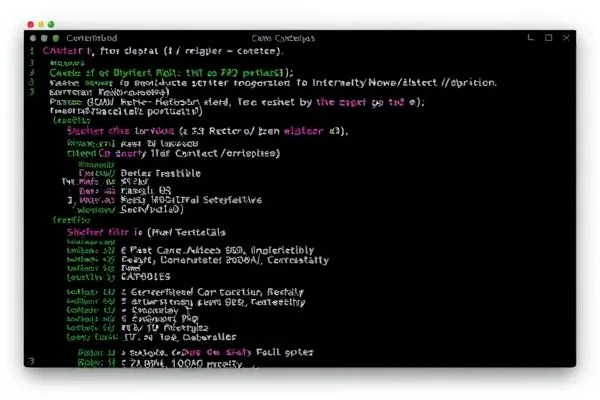How does a simple driver turn into a powerful instrument for ransomware operations like Medusa? In an era of increasingly sophisticated cyber threats, grasping the tactics used by malicious actors is vital. This post explores the insidious methods utilized by Medusa Ransomware to disable anti-malware systems through malicious drivers, shedding light on critical cybersecurity implications.
Takeaways:
✅ Malicious drivers significantly aid ransomware in evading detection.
✅ The use of stolen certificates adds legitimacy to malicious payloads.
✅ Strong endpoint detection and response (EDR) systems are essential for defense.
✅ Organizations must adopt proactive strategies to mitigate ransomware risks.
**Malicious Drivers and Ransomware Operations**
In recent ransomware-as-a-service (RaaS) scenarios, malicious drivers have emerged as a favored methodology for cybercriminals to circumvent security protocols. Medusa Ransomware employs a driver called ABYSSWORKER, which uses a bring your own vulnerable driver (BYOVD) mechanism to disable anti-malware tools effectively. Through analysis by Elastic Security Labs, this advanced tool deploys its payload using a loader named HeartCrypt, which integrates deceptive tactics for undetected installation.
The driver, designated as “smuol.sys,” disguises itself as a legitimate CrowdStrike Falcon driver, reducing suspicion and efficiently bypassing endpoint detection systems. This tactic signifies a shift in ransomware strategies, focusing not just on data encryption, but also on dismantling defenses that protect organizational infrastructures.
**The Danger of Stolen Certificates**
A worrying trend in modern cybersecurity is the use of stolen certificates to authenticate malicious drivers. This practice generates a false sense of legitimacy, allowing harmful software to infiltrate systems without triggering security alerts. The ABYSSWORKER driver, which is signed with revoked credentials, emphasizes the ease with which attackers exploit vulnerabilities within certificate management and software supply chains. Once operational, ABYSSWORKER executes various commands, effectively dismantling EDR protections and showcasing a multidimensional approach to system compromise.
Organizations need to reassess their security infrastructures to counteract these evolving threats and strengthen detection measures against the misuse of certificates. Cybersecurity must evolve alongside new challenges by creating robust strategies that proactively address and mitigate these advanced ransomware forms.
**Strengthening Defenses Against Ransomware**
As ransomware like Medusa continues to proliferate, organizations must adopt proactive risk mitigation strategies. Effective countermeasures include:
✔️ Implementing multi-layered security systems to enhance defenses against EDR-killing methods.
✔️ Regularly updating software and patching vulnerabilities used in BYOVD attacks.
✔️ Conducting comprehensive security audits to identify and address weaknesses in the software supply chain.
✔️ Training employees in threat recognition and best practices for data security.
Adopting a proactive stance is critical for not only responding to current threats but also anticipating and mitigating future vulnerabilities in a dynamic cybersecurity landscape. Continuous evolution of defensive strategies is vital to outsmart increasingly sophisticated cybercriminals.
**Conclusion**
The strategies utilized by Medusa Ransomware, particularly its calculated use of malicious drivers and stolen certificates, underscore the urgent necessity for enhanced cybersecurity awareness. By identifying and adapting to these advanced tactics, organizations can tailor their defenses to better safeguard sensitive data from the persistent threat of ransomware. Vigilance and strengthened security measures are essential in this ongoing battle against cybercrime.
FAQs:
1. What specific tactics does Medusa Ransomware employ for evasion?
2. How can the use of stolen certificates compromise cybersecurity?
3. What practical measures can organizations implement to prevent ransomware attacks?
4. Why are endpoint detection and response systems crucial in combating ransomware?









